Volcanoes, cliffs, and sea caves at what the indigenous Ainu called “sir etok,” the end of the earth






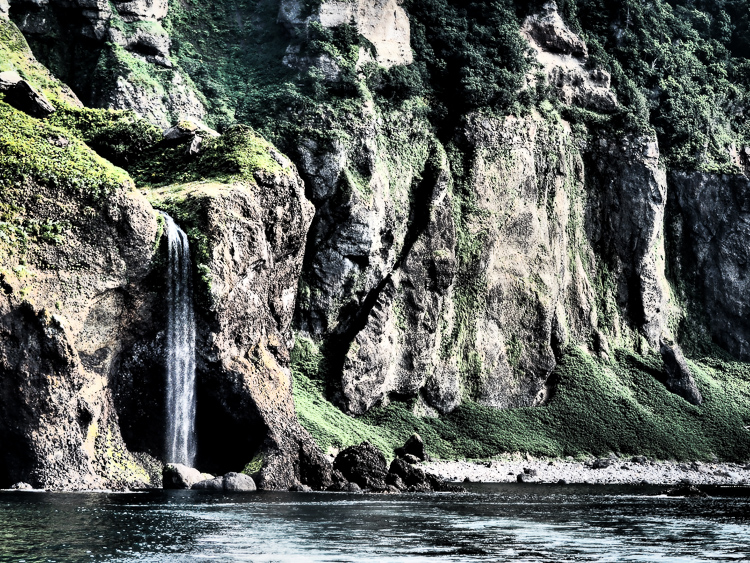


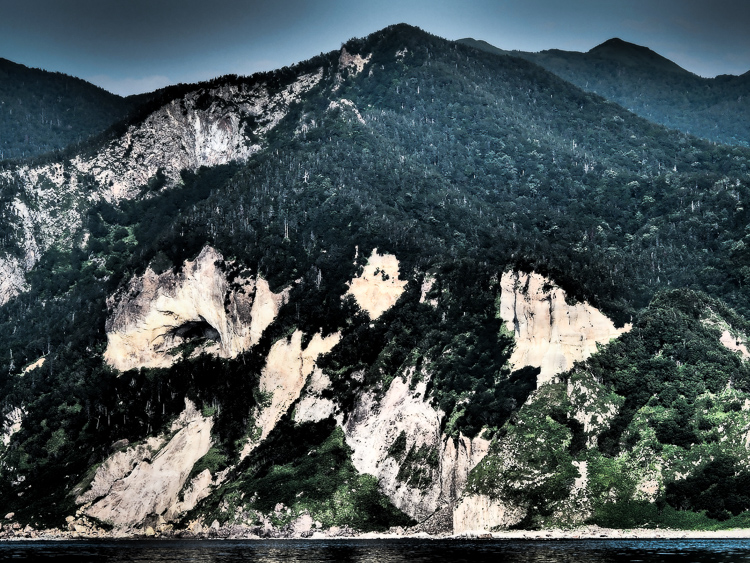

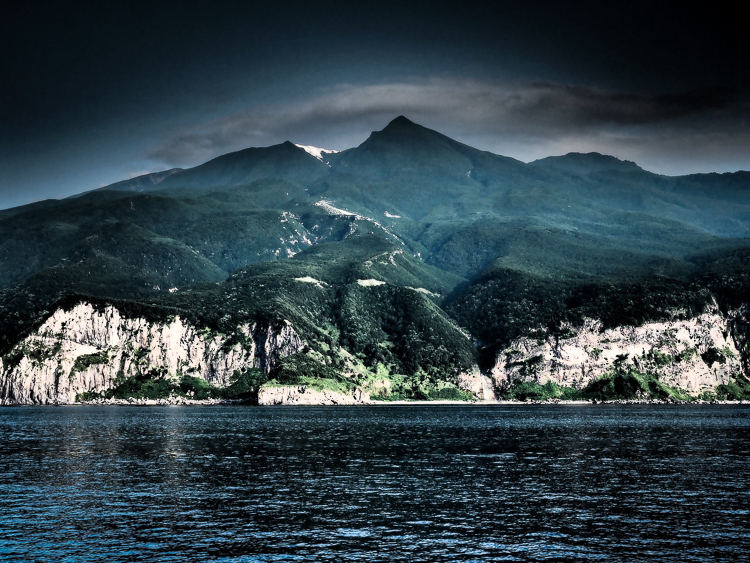

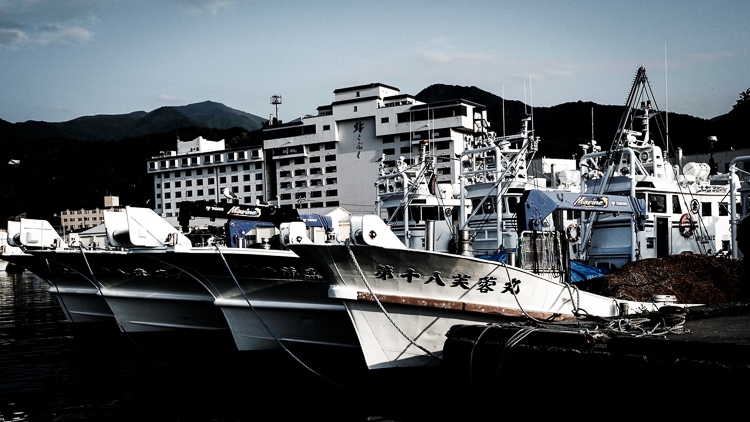






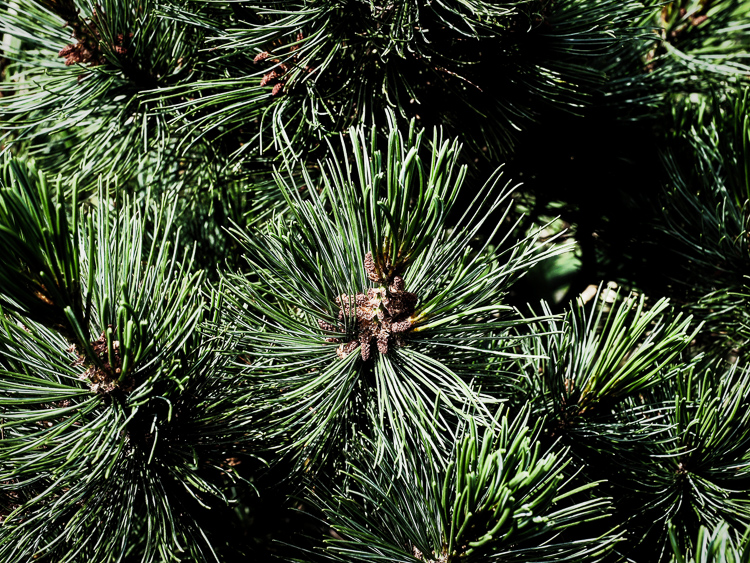
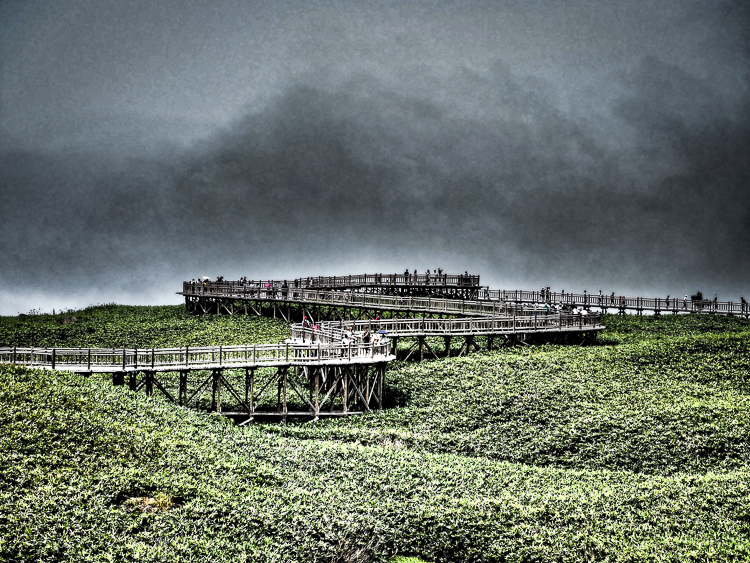




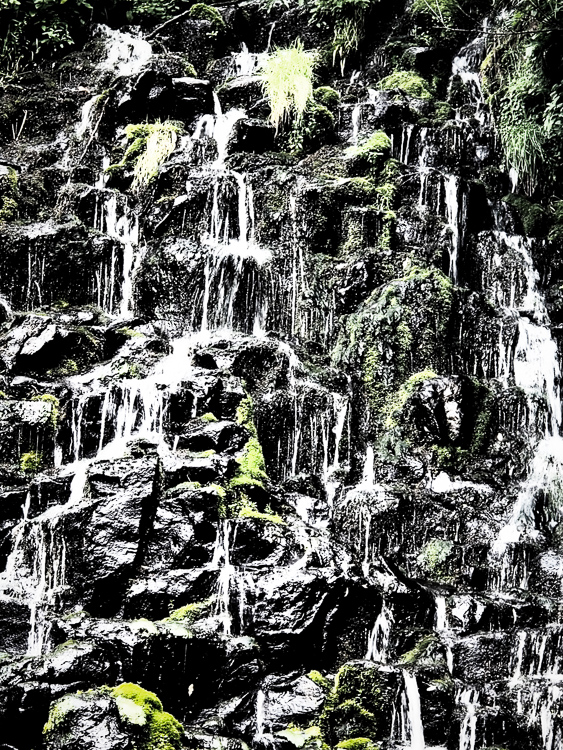

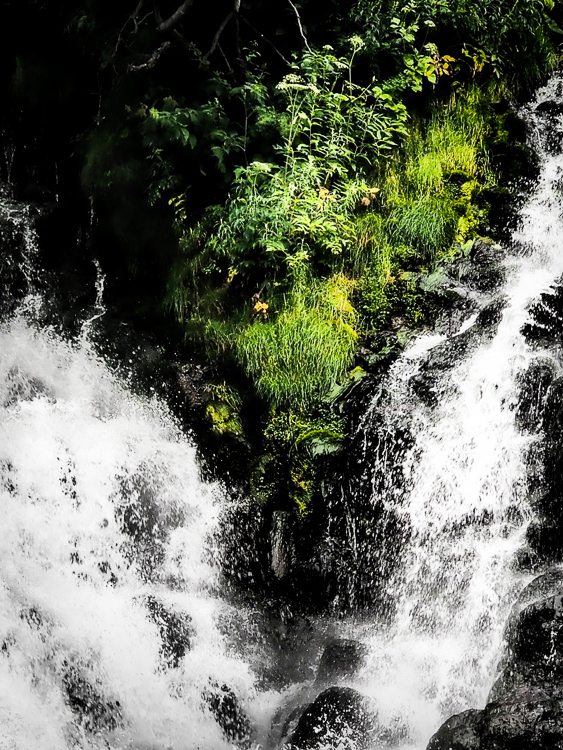
Some judicious processing of many of these photos emphasizes the “end of the earth “fuinki,” or atmosphere, of this remote corner of Japan.





























Some judicious processing of many of these photos emphasizes the “end of the earth “fuinki,” or atmosphere, of this remote corner of Japan.

Mount Iozan (“Mount Sulfur”), in Akan Mashu National Park, eastern Hokkaido, in August. Climbing Meakandake my “favourite” active volcano called off on account of rain, so Iozan’s hissing fumaroles were as close to a photogenic hellscape as we got this trip 🙂
Processed using Oly art filters, LR, and PhotoLab to create a certain “fuinke,” or atmosphere, rather than a literal depiction of colour and light conditions at that moment in time. Now ya know 🙂



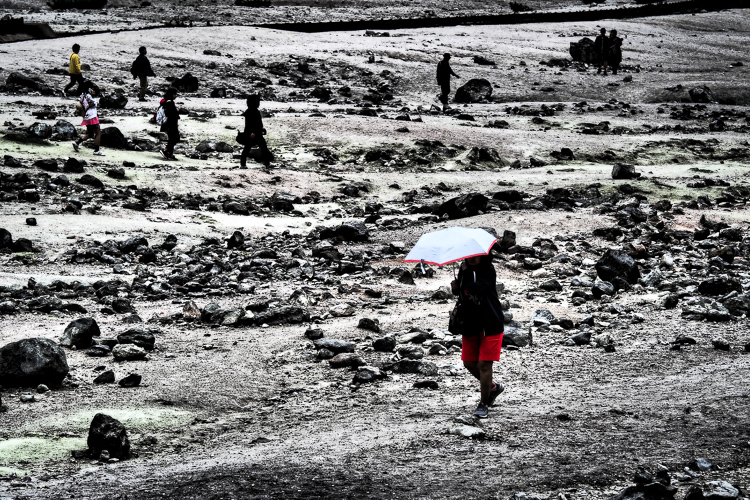
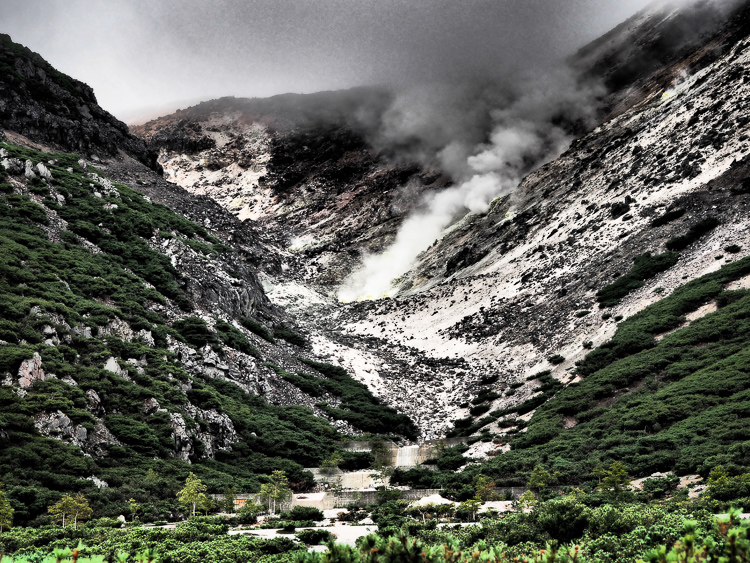


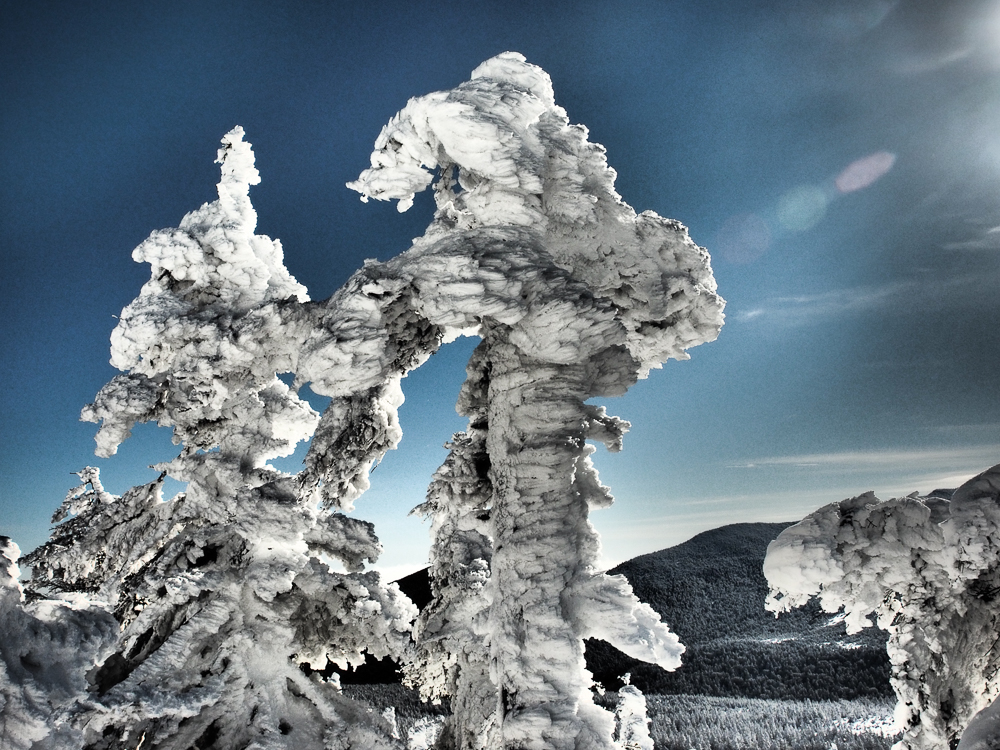
Check it out for first-hand suggestions of where to trek in Japan!
Five years ago, Rex Murphy of the CBC’s National delivered the best ode I’ve heard to the national strengths of character revealed as Japan coped with the earthquake/tsunami/nuclear crisis on March 11, 2011:
花鳥風月, Kachou Fuugetsu: “experience the beauty of nature, learn about yourself.”
A tangle of scrub pine, roots bone-white in the gunmetal blue of a Hokkaido dusk. Around us low, forested mountains rolled out to sea. In one direction, the Russian Far East; in another, Tokyo and main-island Japan. Only 1500 meters (4500 feet) above sea level, but the harsh climate of Hokkaido — Japan’s northernmost, frontier island — put us already well above treeline. Below, I knew, higuma brown bears, cousin to the grizzly back home in Canada, foraged among the bamboo grass for bedtime snacks. We stood in the triangular shadow of the summit as night crept up-slope, looked over a lightless wilderness, and marvelled at the irony of two city kids from Canada travelling halfway around the world, to one of the most urban and densely populated parts of Asia, to wind up alone on a mountaintop in bear country.
Grizzlies weren’t high on the list of things my admittedly eclectic research on Japan had prepared me for: a sporadic diet of Lone Wolf and Cub, Black Rain, Kurosawa movies, Akira, and Godzilla, had prepared me more for the 85 million-person conurbation on main-island Honshu, the Tokyo-Osaka megalopolis. Nature, for all I knew, was limited to the disciplined gardens of bonsai trees and ikebana flower arrangements, rather than big-N Nature red in tooth and claw.
But in fact, as I was quickly learning, this high tech, near-future, post-industrial nation still has plenty of countryside and even wilderness. In fact, in many parts of the archipelago it seems more like the people are squeezed into what arable land exists, mainly on the coasts, while large parts of the island interiors remain uninhabitable, and thus undeveloped.
Of course, Hokkaido is not main-island Honshu. In fact, that’s kind of the point:
Japan is a surprisingly big and diverse place. 6,000 islands hang pendulously from wintry Russian Far East, all the way to distant Taiwan in the semi-tropical south. Honshu, Kyushu, and Shikoku and to an extent Hokkaido and Okinawa make up the bulk of what most visitors think of as “Japan,” but there are literally thousands of smaller islands which unfurl into the East China Sea.
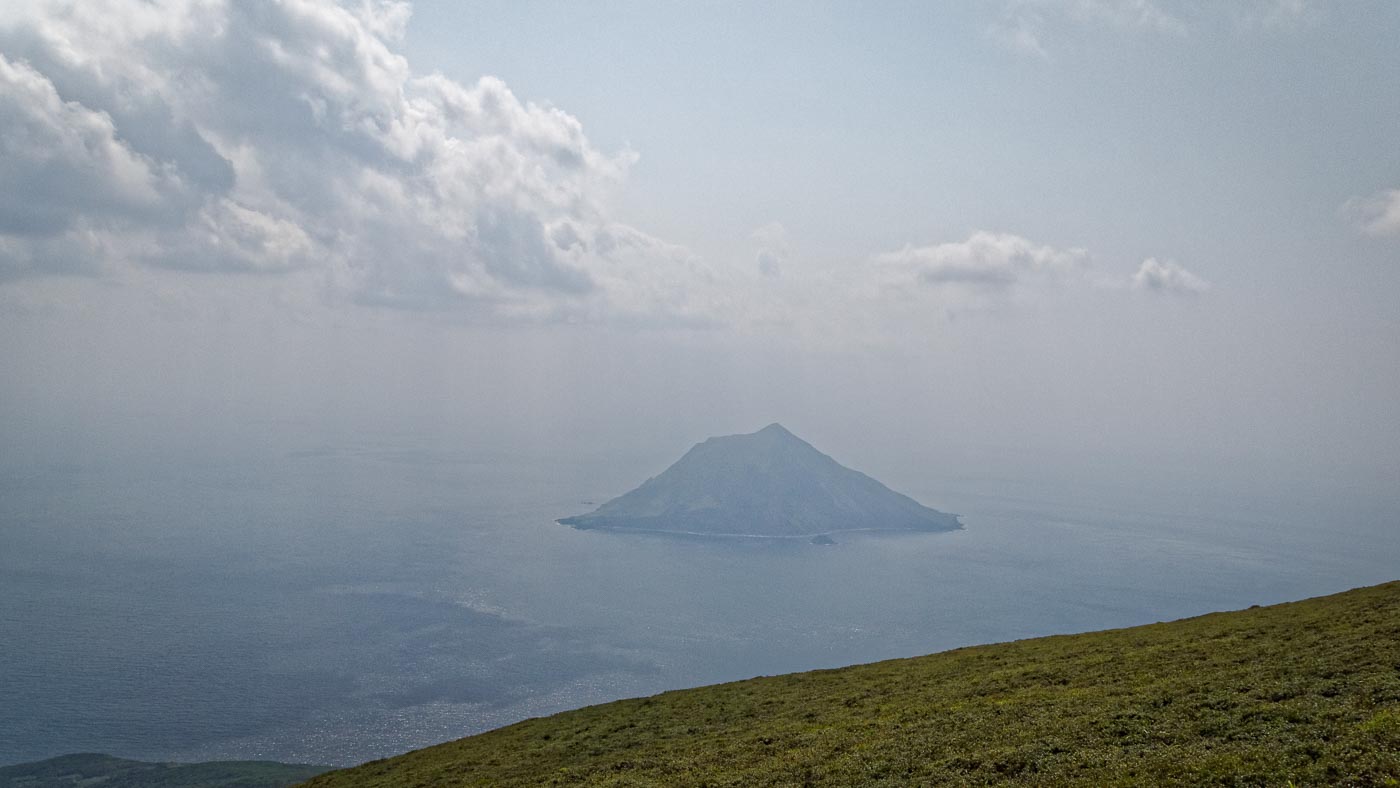
Some islands are heavily developed, such as main-island Honshu with the Tokyo-Osaka conurbation (though, as you will learn, there’s still a lot of wildness left even on Honshu); others still have untouched forests of antediluvian fern and palm — such as on Iriomote — and millennia-old cedar — on Yakushima — at their mountainous hearts.

Is it an active volcano? The best answer to that question may be “Yes, but…”. Apparently, an active volcano is one which has erupted within the last 10,000 years, and is expected to erupt again. Fujisan last erupted in 1707, making it a prime candidate for active status. However, there are two kinds of active volcanoes: erupting and dormant. Ontakesan, the volcano which tragically erupted last weekend, is an example of the former; Fujisan would be an example of the latter.
“Wait a minute,” sez you. “Does that mean Fujisan is expected to erupt again?”
“The short answer is, ‘Yes,'” sez I. No-one knows exactly when, of course, but the Japan Meteorological Agency keeps Fujisan on its list of 47 volcanoes to be monitored 24/7. at least one volcanologist, a retired professot at Ryukyu University, predicts that Fujisan will erupt by 2015.
Almost one week after the initial eruption, according to media reports the death toll on Ontakesan has reached 47 with 20 climbers still missing in what Asahi Shinbun and others have called “the deadliest eruption in Japan in the postwar period.” Others are still missing, but rain and volcano activity prevent rescuers and helicopters from searching the area.
The New York Times carries a first-hand report of the eruption from mountain guide Gaku Harada. “I thought it was the end of the world,” he’s reported as saying.
Former Prime Minister Junichiro Koizumi used the Ontakesan eruption to strengthen his argument against nuclear energy. The Asahi Shinbun reports him as saying “Even experts say they never expected Mount Ontakesan to erupt. Unexpected incidents can occur at any time… Earthquakes, tsunami and eruptions occur all over Japan so it must not have nuclear power plants.”
The highest volcano on Hokkaido
At 2,291 meters, Asahidake in Daisetsuzan National Park is the highest mountain on Hokkaido – Japan’s northernmost island. It is actually an active volcano.
I climbed on and around Asahidake several times in the four years I spent on Hokkaido. But that was a while ago now: as in, before I got my first digital camera (for the record, a Sony DSC-R1, bought in 2007).
Many people know already that mountains make up 72% of Japan’s landmass. It’s one reason we all live together in such crowded cities!
Less well known is the fact that 110 of those mountains are actually active volcanoes, including Mount Fujisan, the highest peak in Japan. Wikipedia offers a complete list of volcanoes in Japan on their webpage, appropriately named “List of volcanoes in Japan.” Turns out I’ve climbed a few of ’em in addition to Mount Fuji: Asahidake, Meakandake, Rishiridake, and, not on Wikipedia’s list but on the JMA’s, Tokachidake (I did a lot of climbing when I lived on Hokkaido). Also Oshimadake on Oshima-jima Island and Hakonedake in Hakone, near Fujisan.
Apparently, the Japan Meteorological Agency (JMA) maintains a “watch list” of 47 of the most active volcanoes, monitored 24 hours a day. Again, that includes Fujisan.
So what’s it like to climb on an active volcano?
The list of fatalities on Ontakesan has grown to over 30 climbers, according to last night’s news in Japan and this English-language report. Apparently, most of the victims died of cardiac and respiratory problems after inhaling ash in the pyroclastic flow and ash cloud of the eruption itself.
Climbers and the Japan Meteorological Agency (JMA), which monitors 47 active volcanoes in Japan, had only about 12 minutes’ warning that Ontakesan would erupt. Apparently this type of eruption, a so-called phreatic eruption which involves steam rather than magma, gives few telltale warnings before blowing.
The Japan Meteorological Agency has put Ontakesan on a Level 3 alert, advising everyone to stay away from the mountain. Here’s the English-language volcano advisory webpage at JMA